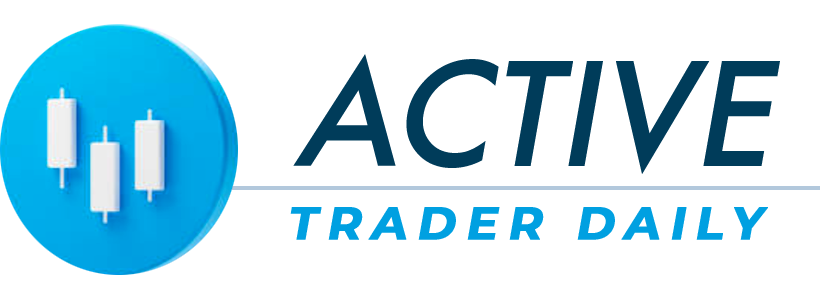(In Aug 15 story, corrects typo in firm name in paragraph 10 to “+” from “&”)
By Alden Bentley
NEW YORK (Reuters) -U.S. Treasury yields surged on Thursday after strong economic data all but eliminated fears about a hard economic landing and curtailed expectations that an aggressive Federal Reserve easing was coming next month.
The Commerce Department said retail sales rose 1.0% last month after a downwardly revised 0.2% drop in June. Economists polled by Reuters had forecast retail sales advancing 0.3% after they were initially reported as unchanged in the previous month.
Also out was news that 227,000 Americans filed for unemployment benefits last week, fewer than the 235,000 expected and the upwardly revised 233,000 claims the prior week.
The data restored confidence that was jolted by a surprisingly weak employment report a couple of weeks ago, and reinforced a picture of improving inflation from July Producer Price Index and Consumer Price Index releases this week.
“This will take 50 basis points in September off the table. (I) still think that 25 basis points make sense, just because inflation continues to ease and we got a couple of good reports, PPI and CPI adding to that,” said Steve Wyett, chief investment strategist at Bok Financial in Tulsa, Oklahoma.
“We have the all-important employment data before the next Fed meeting, but this should reduce the feelings that the economy is imminently going into a recession.”
Thursday’s rise in the two-year note yield looked set to be the biggest daily jump in about four months. The 10-year yield initially was tracking to its biggest basis point gain in weeks before paring slightly.
“While it’s pretty large for a one-day move, in the context of the move lower in yields over the most recent period here, it’s really just a little bit of a giveback, and to us makes sense,” said Scott Pike, senior portfolio manager at Income Research + Management in Boston.
Subsequent news that July U.S. industrial production fell 0.6%, more than the 0.3% fall expected, barely affected the yield trajectories, since manufacturing is a smaller part of the economy than the 70% made up by the consumer.
Divided sentiment since the Aug. 2 jump in July’s unemployment rate to 4.3% between traders betting on a 50 basis point cut out of the Sept. 17-18 Federal Open Market Committee meeting and a more cautious 25 bps cut has resolved for now, favoring the latter.
Fed funds futures indicate traders see the odds of a 25 bps cut in the 5.25%-5.5% policy rate at about 76%, up from 65% late Wednesday, according to LSEG calculations.
Meanwhile St. Louis Fed President Alberto Musalem and Atlanta Fed President Raphael Bostic on Thursday lined up behind the possibility of an interest rate cut at the U.S. central bank’s policy meeting next month, reversing their previous skepticism about lowering borrowing costs too soon.
“Now that inflation is coming into range, we have to look at the other side of the mandate, and there, we’ve seen the unemployment rate rise considerably off of its lows,” Bostic said in an interview with the Financial Times.
“But it does have me thinking about what the appropriate timing is, and so I’m open to something happening in terms of us moving before the fourth quarter.”
The yield on the benchmark U.S. 10-year note rose 10.6 basis points to 3.928%, wrapping up with the biggest absolute gain in a week.
The 2-year note yield, which typically moves in step with interest rate expectations, reached its highest since Aug. 2, and was last up 15.9 basis points at 4.1055%, which would be the biggest since a 22.2 bp surge on April 10.
The 30-year bond yield rose 7.7 basis points from late Wednesday to 4.1856%.
The closely watched gap between yields on two- and 10-year Treasury notes, considered a gauge of growth expectations, was at negative 18 bps, deepening an inversion from its late Wednesday reading of negative 12.8 bps.
An inverted yield curve is generally seen as pointing to a recession. Last week, hopes of an aggressive 50 bps Fed easing in September to counter a slowdown briefly shifted the gap between 2- and 10-year yields to a positive 1.5 bps, the first time the curve had a more normal upward slope since July 2022.
(Reporting by Alden Bentley; Editing by Jan Harvey and Jonathan Oatis)









